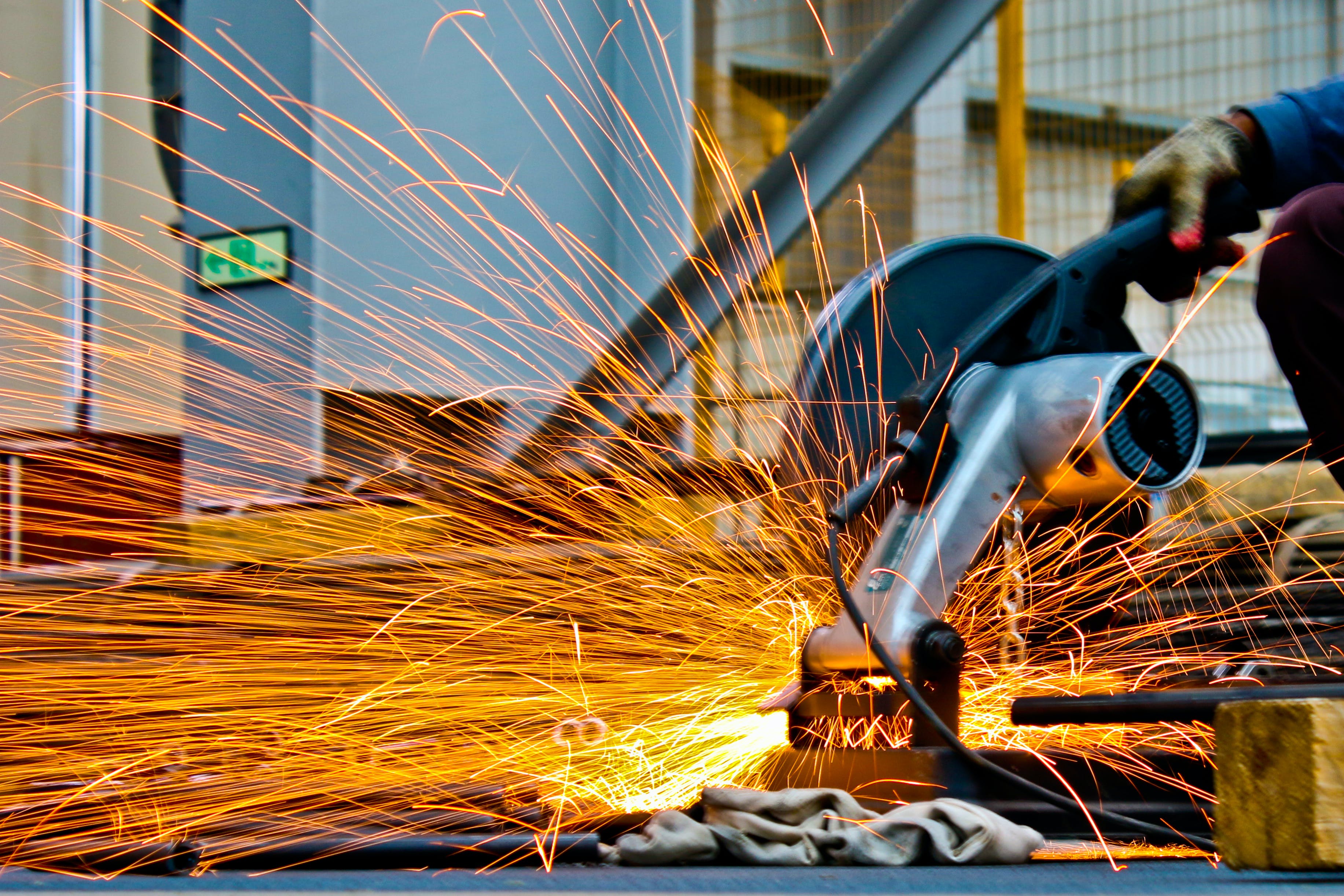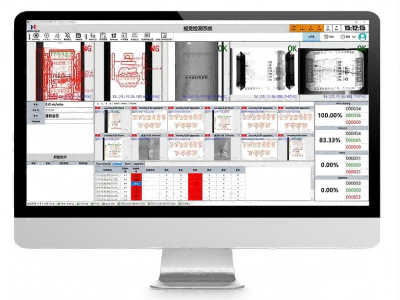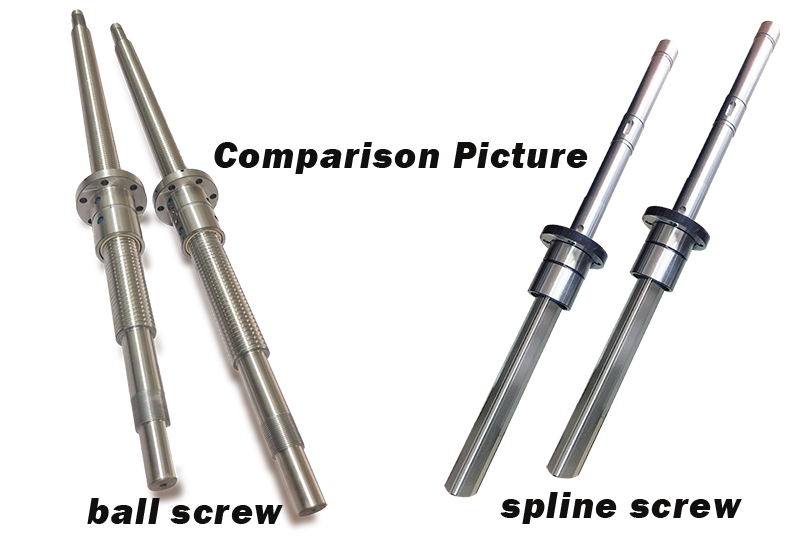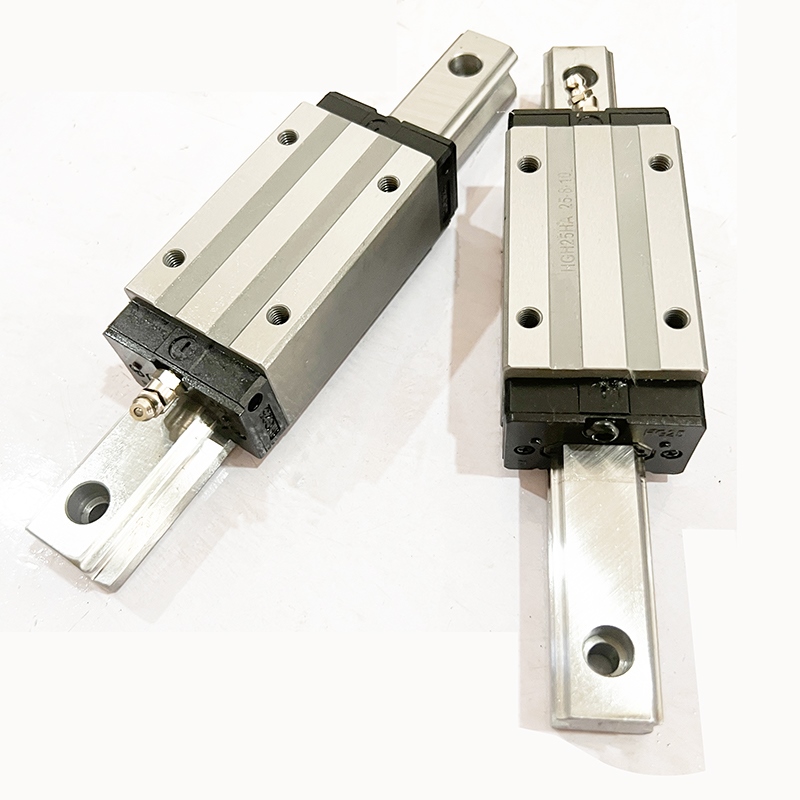You see sgcc structural accessories getting popular in new machines. They last a long time and do not rust easily. SGCC is special because it uses strong steel and works well. Careful making gives you the same good quality every time. You can change them to fit what your project needs. This gives you something that works well and does not break, even when used a lot. Think about using sgcc for your next machine project. You will see good results that last a long time.

Key Takeaways
SGCC structural accessories last a long time and do not rust easily. This makes them great for machines that need to work for many years. The hot-dip galvanisation process helps stop corrosion. It keeps machines safe from water and chemicals. SGCC steel parts do not wear out fast. They stay strong even when used every day. You can change SGCC accessories to fit your project. You can pick the size, shape, and logo you want.
SGCC accessories help machines work better and faster. They make sure machines run smoothly and do not break down often. It is easy to take care of SGCC parts. The zinc coating stops rust and makes cleaning simple. Using SGCC steel saves money over time. It lasts long and does not need much fixing. Smart SGCC steel accessories help machines work better. They also help you check how machines are working.
Durability and Longevity
You want machines to work for a long time. SGCC structural accessories help with this. SGCC steel uses hot-dip galvanisation. This puts a strong zinc coating on the steel. The zinc layer protects the steel for many years. Your machines get long-lasting corrosion resistance. This means your machines stay reliable. Zinc-plated steel sheets do not get damaged easily from daily use. You can trust SGCC to make your equipment last longer.
Wear Resistance
SGCC steel does not wear out fast. The zinc coating works like a shield. It keeps the surface smooth and strong. Hot-dip galvanisation makes the steel hard to scratch or dent. Zinc-plated steel sheets handle friction and impact better than regular steel. You see less damage as time goes on. SGCC structural accessories help machines run well, even with daily use.
Corrosion Resistance
Corrosion resistance is a big reason SGCC structural accessories are popular. SGCC steel uses hot-dip galvanisation to cover metal with thick zinc. This layer blocks moisture and chemicals. Zinc-plated steel sheets do not react much with water or air. You get strong protection against rain, humidity, and tough environments. Hot-dip galvanisation keeps machines safe outside or in factories.
Here is a table that shows how SGCC steel compares to other materials for corrosion resistance:
Rust Prevention
You do not want rust on machines. SGCC steel helps stop this problem. The zinc coating from hot-dip galvanisation stops rust before it starts. Zinc-plated steel sheets stay clean and shiny. Corrosion resistance means you spend less time fixing things. SGCC structural accessories keep machines looking new. You feel better knowing your equipment will not rust easily.
Jiaxin makes it simple to customize what you need. First, you send your drawings or a sample. The engineers check if they can make your design. You get advice from experts who know SGCC and building materials. If your design works, Jiaxin gives you a price. You look at the price and details. If you agree, Jiaxin makes a sample for you. You check the sample to see if it is right. This step helps you avoid mistakes and save money.
You see many reasons to choose sgcc steel for your machines. Sgcc steel gives you strong protection against rust. You get long-lasting parts that work well in tough places. Sgcc structural accessories help you build machines that last. You can pick custom designs and sizes for your project. Sgcc steel makes your equipment reliable and easy to care for. If you want better results, explore sgcc structural accessories for your next job. Contact Jiaxin to learn more or get a custom quote.
If you want to learn more about our products,please visit the website: https://www.jxprecise.com/





